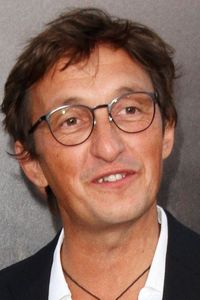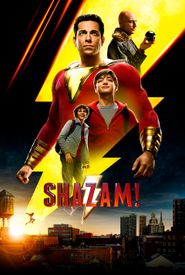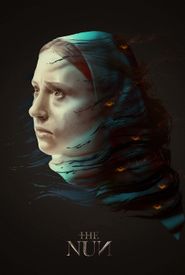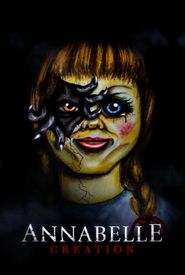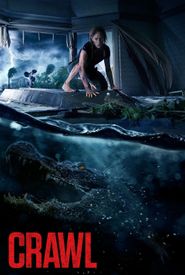Maxime Alexandre's life took a dramatic turn at the tender age of five, as he bid farewell to his birthplace in Renaix, Belgium, and embarked on a new adventure with his mother, sisters, and brother to Rome, Italy. This pivotal moment marked the beginning of a journey that would forever shape his destiny. Accompanying his family to their new home was his stepfather, Inigo Lezzi, a seasoned professional with an impressive resume that boasted collaborations with some of Italy's most renowned filmmakers, including the acclaimed Marco Bellocchio, Gianni Amelio, and Nanni Moretti. As they settled into their new life, Inigo's presence on Italian cinema sets would have a profound impact on Maxime, igniting a spark of curiosity and passion within him for the art of filmmaking.
From a tender age, Maxime embarked on a journey as a burgeoning actor, eventually landing roles in a multitude of films. One of his earliest notable projects was the 1984 cinematic endeavour "Une Page d'Amour", masterfully directed by Elie Chouraqui, alongside esteemed actors Anouk Aimée and Bruno Cremer. Another significant milestone in his early career was his appearance in Nanni Moretti's 1984 film "Bianca".
It was, however, during the production of a short-movie directed by his stepfather that Maxime stumbled upon his true vocation, a passion that would ultimately shape the course of his life, as he discovered the world of photography.
Maxime's family embarked upon a significant relocation to the City of Light, Paris, during the late 1980s, thereby setting the stage for the dawn of his illustrious career in the camera department.
It was within this esteemed city that Maxime had the unique opportunity to hone his skills and learn from some of the most renowned Cinematographers of his time, including the celebrated Darius Kondji, the accomplished J.Y. Escoffier, the talented P. Lhomme, the accomplished Vilko Filak, and the highly respected Italian cinematographers, Tonino Delli Colli and Franco Di Giacomo.
These cinematic masters, with their extensive experience and impressive portfolios, provided Maxime with invaluable guidance, mentorship, and inspiration, allowing him to refine his craft and lay the foundations for a successful and storied career in the world of cinematography.
Maxime's professional journey as a Director of Photography began with a notable collaboration, serving on the second unit of a commercial for the renowned filmmaker Michel Gondry. This early experience laid the groundwork for his future endeavors.
In the year 2001, Maxime had the opportunity to meet Alexandre Aja and Gregory Levasseur, with whom he would go on to work on the second unit for Aja's father, Alexandre Arkadi, on the film "Break of Dawn". The screenplay for this movie was penned by Aja and Levasseur, showcasing the trio's creative synergy.
The trio, comprised of esteemed individuals, reassembled two years subsequent to their initial collaboration, marking a significant milestone in the cinematic journey of one of its members, Aja, as he embarked on his directorial debut with the film "High Tension". This inaugural endeavour garnered widespread international recognition, effectively spearheading the emergence of the French New Wave of horror in the 2000s, a movement that would go on to leave a lasting impact on the genre.
The film's success was further solidified when it was acquired for distribution by Lions Gate Films, a prominent player in the film industry. This partnership allowed "High Tension" to reach a broader audience, cementing its status as a landmark horror film and paving the way for future projects to build upon its success.
As the years went by, the influence of "High Tension" continued to grow, with many regarding it as a turning point in the evolution of French horror cinema. The film's innovative storytelling, coupled with its technical proficiency, helped to establish Aja as a rising talent in the industry, and its enduring popularity has ensured its place as a classic of the genre.
Aja's directorial debut, "High Tension", stands as a testament to the power of innovative storytelling and the importance of taking risks in the pursuit of artistic expression. The film's impact can still be felt today, and its influence can be seen in many of the horror films that have followed in its footsteps.
Maxime, Alexandre, and Gregory joined forces once more to co-create the remakes of "The Hills Have Eyes" and "Mirrors". During the production of "The Hills Have Eyes", Maxime had the privilege of working alongside the renowned Wes Craven, a collaboration that would later yield the anthology film "Paris, Je T'aime". This critically acclaimed film brought together an impressive roster of directors, including Alexander Payne, The Coen Brothers, Vincenzo Natali, and others. Notably, "Paris, Je T'aime" was selected to screen at the prestigious Un Certain Regard section of the Cannes Film Festival, marking the second time Maxime's work was featured at this esteemed event. This followed the earlier success of "Marock", a film directed by Laila Marrakchi in 2005, which had also received international recognition.
Noted entertainment industry publication Variety issued a prestigious recognition in the year 2006, acknowledging Maxime's exceptional talent and potential by including him in a list of the top ten cinematographers to watch, thus highlighting his remarkable abilities and forecasting a bright future in the field of cinematography.
